A rock collection might not seem exciting at first sight. But do you know that the collection from the newly opened Geology Gallery at the Sentosa Nature Discovery, reveals Singapore’s geological past?
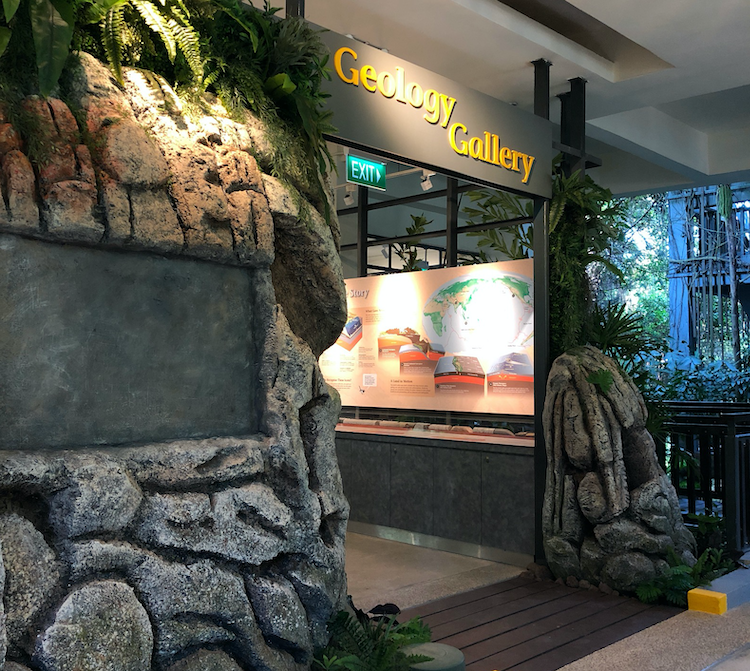
Here is an interesting fact: Singapore’s geological past was not always as quiet as it is now. The rocks on display at the Gallery provide clues to each environment Singapore once experienced. By gathering these clues, scientists can put together a narrative of our small island-state’s geological history spanning hundreds of millions of years.
300 million years ago, Singapore and Kuala Lumpur were located thousands of kilometres away from each other. Today, this distance has shortened to approximately 355 kilometres. This phenomenon can be explained by the movement of plate tectonics.
Millions of years ago, Kuala Lumpur was on a different tectonic plate than Singapore, with an ocean separating these plates. The ocean then slowly disappeared as the crust beneath it dived into the Earth’s mantle in a process called subduction, while the plates on either side converged. The plates later collided, creating one continuous landmass. As a result, we can now drive from Singapore to Kuala Lumpur. This tale of two cities is only one of the stories that the rocks at the Geology Gallery tells.
Rocks can also tell us the story of past sea levels. As sea levels rise, marine sediments cover sandy beaches. These sediments turn into rocks over time, but the colour, texture, and composition of these rocks depend on whether they were formed above or below sea-level. Using these variations in the rocks from the Kallang River Basin, scientists from the Earth Observatory of Singapore (EOS) reconstructed sea-level variations in the region.
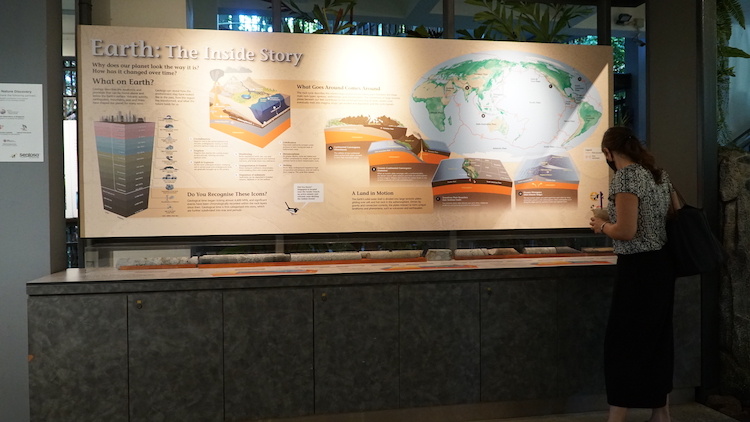
Younger sedimentary rocks usually sit over older rocks, forming an ordered assemblage called stratigraphy. This stratigraphy can be disrupted by tectonic and volcanic activity. Magma rising from depth can melt and shift the layers, and can either stall in the crust or erupt to the surface.
The erupted rocks contain tiny, radioactive mineral grains that geologists can use to estimate the time of the eruption. Many volcanic rocks in the region, including those in Bukit Timah, are about 250 million years old. These rocks point to a period of intense volcanic activity in the region.
The quarries at Bukit Timah are some of the largest rock outcrops in Singapore. Another large outcrop can be found at Tanjong Rimau in Sentosa. Both outcrops contain different rocks that tell different parts of the geological history of Singapore. However, those outcrops are rare in Singapore because most of the land is covered by buildings, deep tropical soils, or dense vegetation.
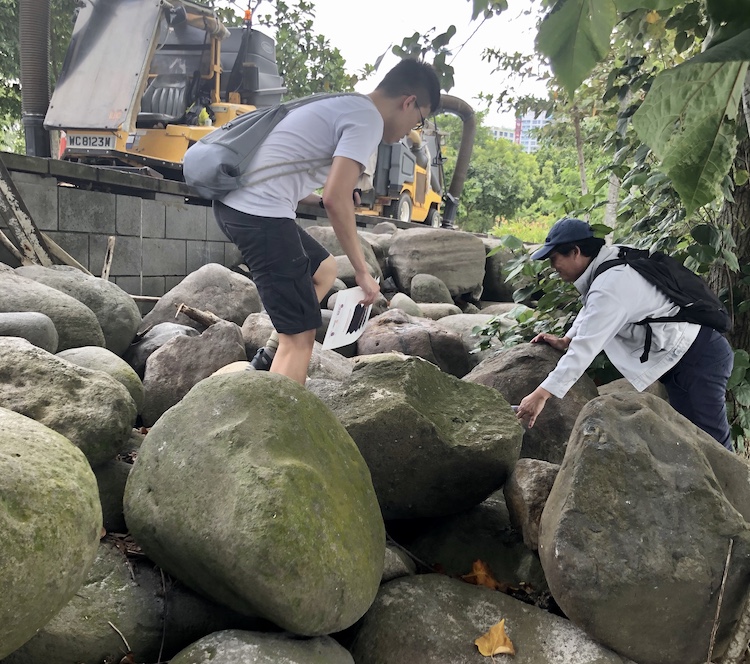
Restricted by the availability of rocks exposed at the surface, geologists had to look for samples below our feet. They cored many layers underground across Singapore, giving the samples of the Geology Gallery their cylindrical shape.
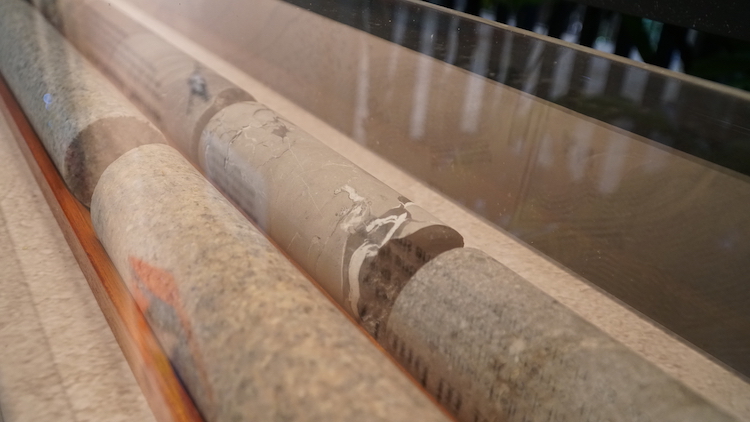
These cores provided much-needed clues to solve the mystery of Singapore’s geological past. The additional clues led geologists to propose a new interpretation for the formation of Sentosa.
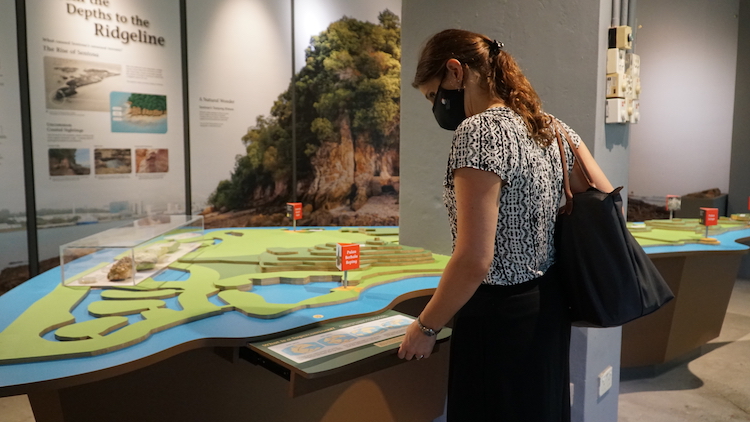
By understanding the rich geological past of Singapore, scientists can better assess what the future holds. At EOS, our scientists seek to project future sea-levels and the associated impacts. They also seek to forecast the activities and impacts of the Ring of Fire in the Southeast Asian region, which produces some of the most devastating earthquakes and volcanic eruptions. Those are only a few impacts that geology has on our daily lives.
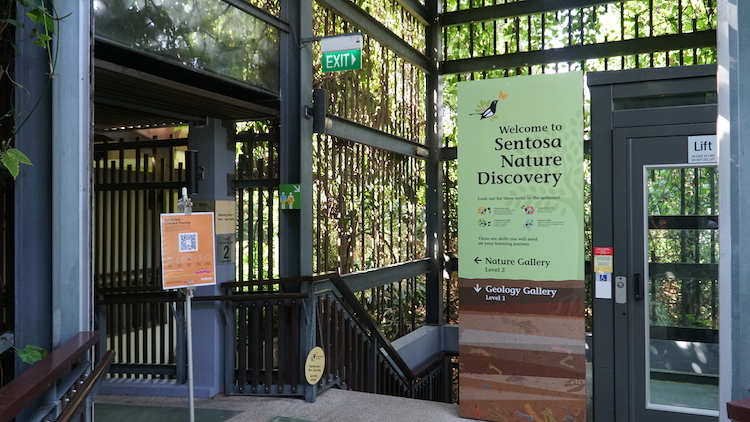
Visit the Geology Gallery to discover Singapore through the eyes of a geologist.
The Gallery was jointly curated by the Earth Observatory of Singapore and Sentosa Development Corporation.